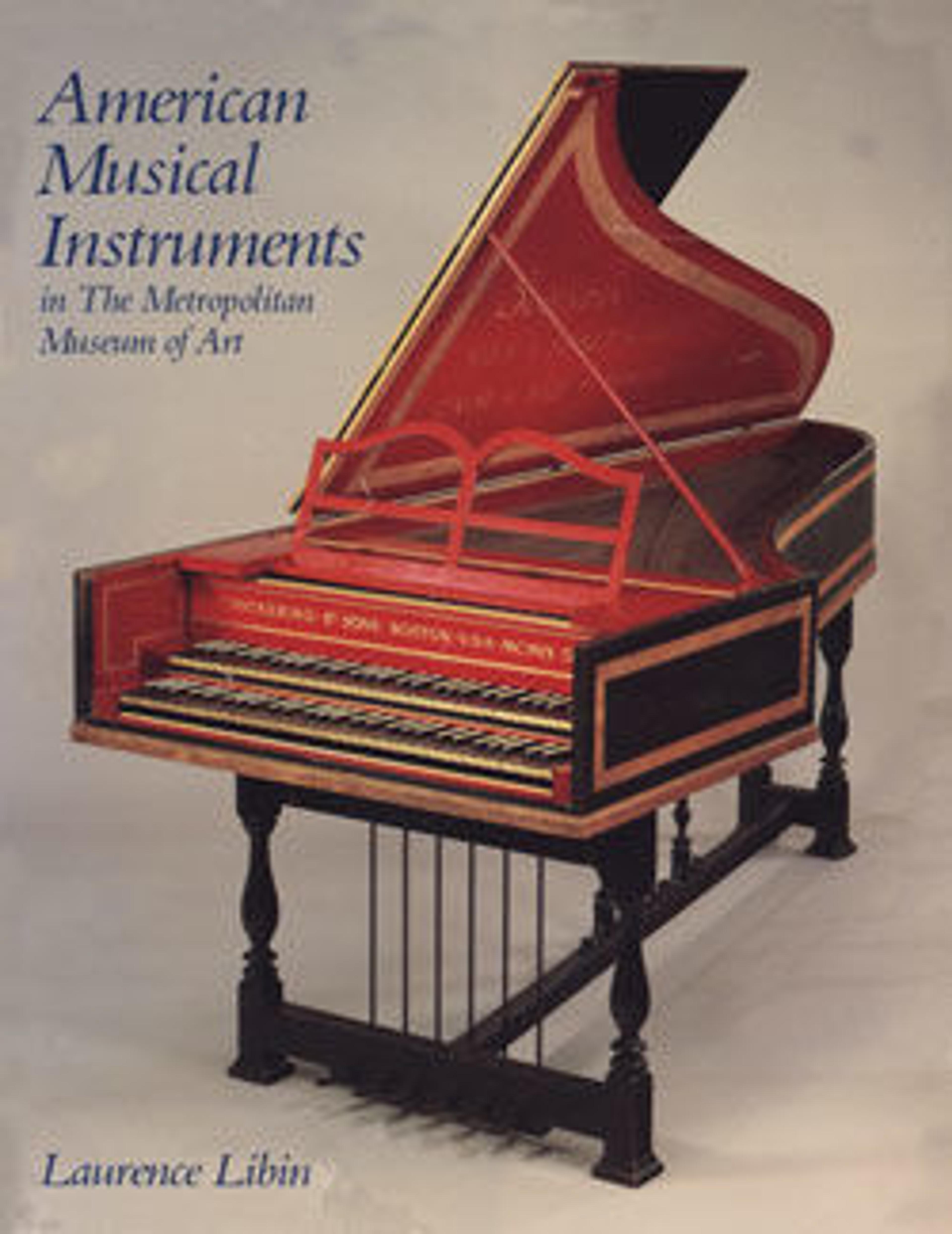Clarinet in C
Technical description:
Stained boxwood with ivory ferrules and brass keywork. Six pieces: mouthpiece, barrel, upper section, middle section for the fingers of the right hand, lower section with keys, bell. Levers for L4, tone-hole and key for R4 mounted in a bell-shaped swelling. Long tenon English style mouthpiece of blackwood grooved for cord. Reed with label "Tone Superieur Fance" cut down to fit the mouthpiece attached with red cord. Waisted English style barrel. Speaker liner projects c. 2mm into bore. Guidance for zig-zag L4 levers.
L0: T; speaker.
L1: T; throat A♮.
L2: T.
L3: T; cross E♭4/B♭5
L4: E3/B♮4; F♯3/C♯5.
R1: T; trill key for throat A-B♮.
R2: T. cross B♮3/F♯5.
R3: T.
R4: T; G♯3/E♭5.
Keyhead type: flat round
Keymount type: blocks and swelling
Inscribed on all pieces except for mouthpiece "FIRTH HALL & POND / N-YORK"; on upper section also "C" and on bell "FIRTH HALL & POND / FRANKLIN SQE / N-YORK".
Decorative features: Bevelled G♯3/E♭5 touchpiece.
Playing accessories: one reed (not original) and a string.
(Heike Fricke, 2014)
Stained boxwood with ivory ferrules and brass keywork. Six pieces: mouthpiece, barrel, upper section, middle section for the fingers of the right hand, lower section with keys, bell. Levers for L4, tone-hole and key for R4 mounted in a bell-shaped swelling. Long tenon English style mouthpiece of blackwood grooved for cord. Reed with label "Tone Superieur Fance" cut down to fit the mouthpiece attached with red cord. Waisted English style barrel. Speaker liner projects c. 2mm into bore. Guidance for zig-zag L4 levers.
L0: T; speaker.
L1: T; throat A♮.
L2: T.
L3: T; cross E♭4/B♭5
L4: E3/B♮4; F♯3/C♯5.
R1: T; trill key for throat A-B♮.
R2: T. cross B♮3/F♯5.
R3: T.
R4: T; G♯3/E♭5.
Keyhead type: flat round
Keymount type: blocks and swelling
Inscribed on all pieces except for mouthpiece "FIRTH HALL & POND / N-YORK"; on upper section also "C" and on bell "FIRTH HALL & POND / FRANKLIN SQE / N-YORK".
Decorative features: Bevelled G♯3/E♭5 touchpiece.
Playing accessories: one reed (not original) and a string.
(Heike Fricke, 2014)
Artwork Details
- Title: Clarinet in C
- Maker: Firth, Hall & Pond (American, New York)
- Date: ca. 1833–45
- Geography: New York, United States
- Culture: American
- Medium: Wood, ivory, brass
- Dimensions: Length: 59.6 cm
Bell diameter: 7.4 cm - Classification: Aerophone-Reed Vibrated-single reed cylindrical
- Credit Line: Funds from various donors, 1983
- Object Number: 1983.58
- Curatorial Department: Musical Instruments
More Artwork
Research Resources
The Met provides unparalleled resources for research and welcomes an international community of students and scholars. The Met's Open Access API is where creators and researchers can connect to the The Met collection. Open Access data and public domain images are available for unrestricted commercial and noncommercial use without permission or fee.
To request images under copyright and other restrictions, please use this Image Request form.
Feedback
We continue to research and examine historical and cultural context for objects in The Met collection. If you have comments or questions about this object record, please contact us using the form below. The Museum looks forward to receiving your comments.
